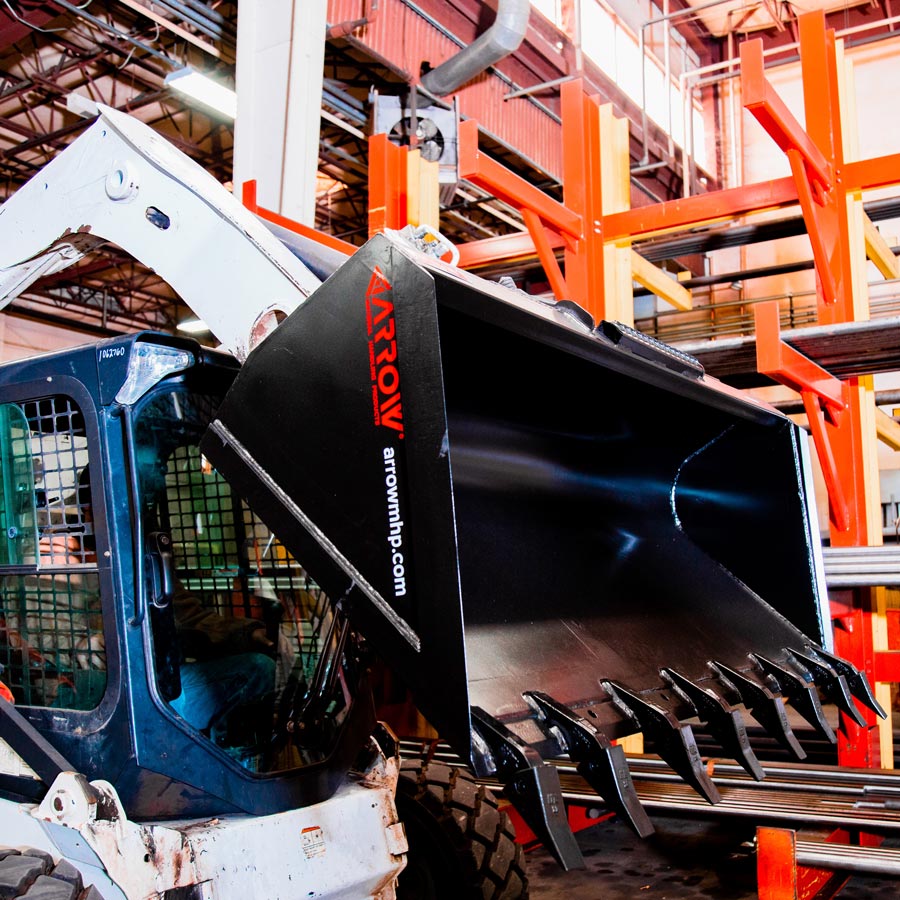by Leon Edwards | May 27, 2022 | ISO, Information, Blog
Welcome back to the Arrow blog! As a true dealer partner, we strive to add value to your daily operation, in addition to engineering quality products for your customers. With National Safety Month right around the corner, we wanted to gear up by covering a topic...
by Leon Edwards | Apr 26, 2022 | Information, Blog, ISO
Welcome back to the Arrow blog! As a true dealer partner, we strive to add value to your daily operation, in addition to engineering quality products for your customers. We often talk about the quality and consistency of our products. This is because we believe in our...

by Justin Kane | Mar 24, 2022 | Pallet Forks, Grapples, Information, Auger Drives, Tree Shears, Brooms, Blog, Attachments, Hydraulic, Skid Steer, Buckets
Welcome back to the Attachment Awareness series on the Arrow blog! This series explores how attachments for various pieces of equipment can improve the overall experience of operation. Throughout this series, we will explore attachments for forklifts, telehandlers and...
by Brian Lefler | Feb 7, 2019 | Information
One foot on the top of the bucket, the other in the cab, turn around, roll cage down, take a seat, parking break off, ignition engaged, you peer out over the edge of the bucket…dang. There it is. The cutting edge of the bucket is curled back, worn out, and ready to be...

